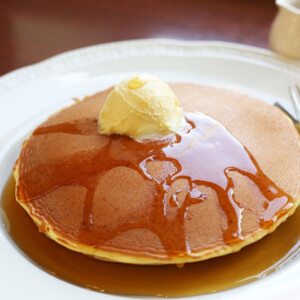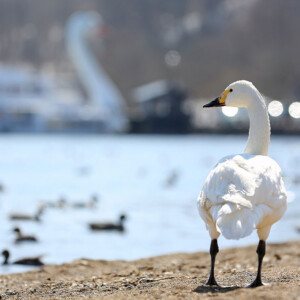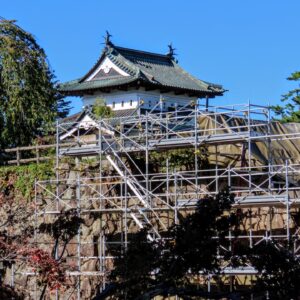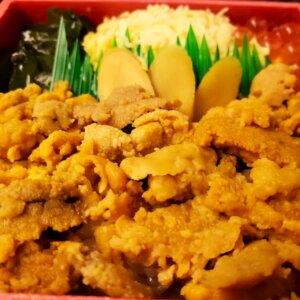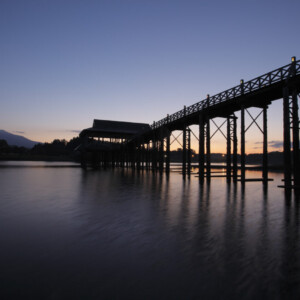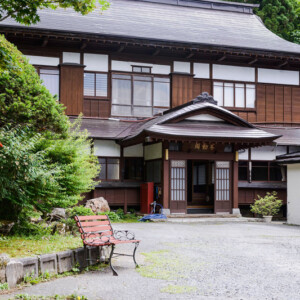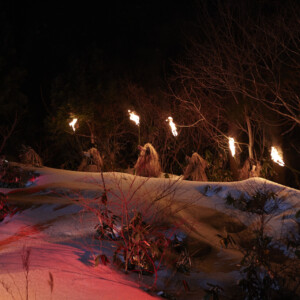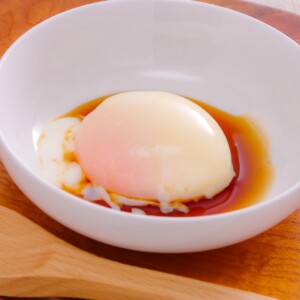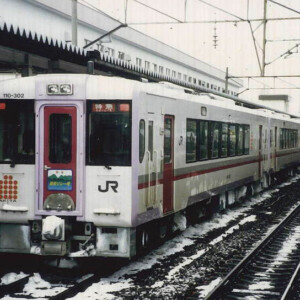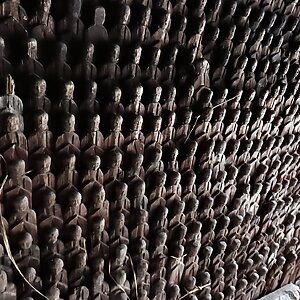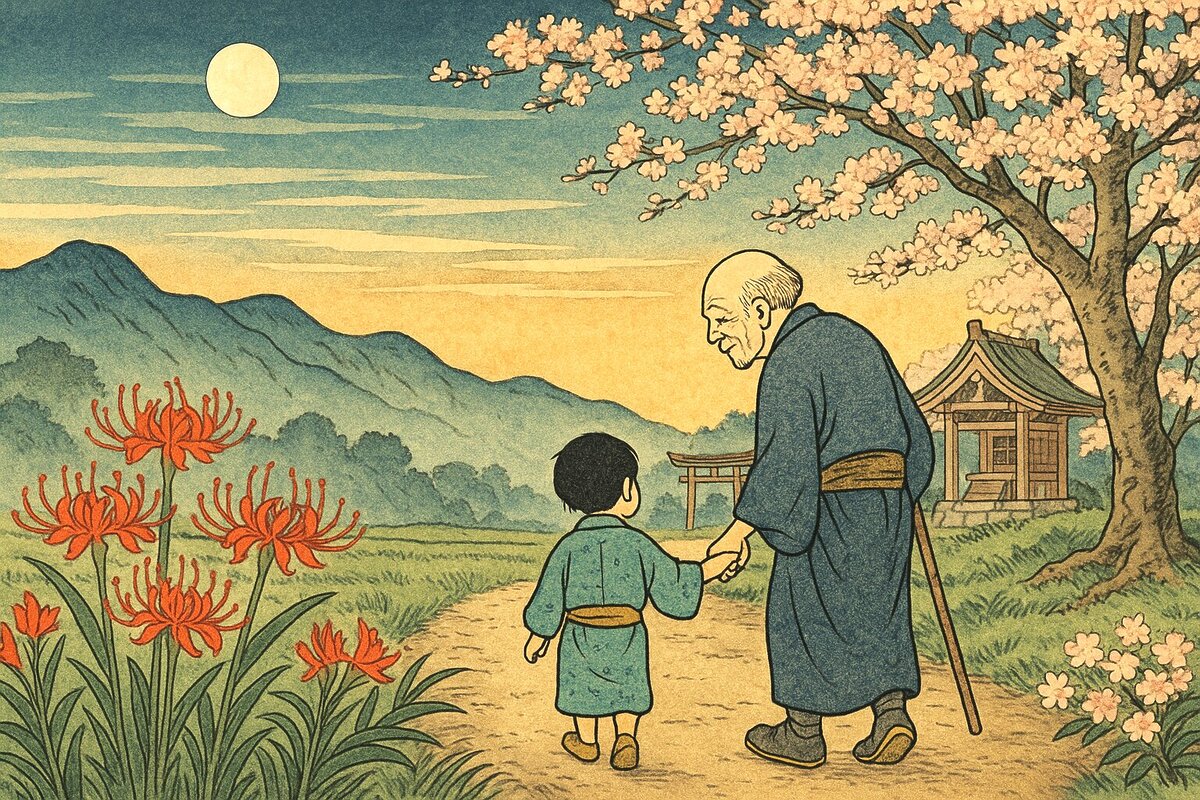
Scary and slightly sad stories... "Michinoku Otogi Kaido" with many stories left behind [Shichigasyu-cho, Shiraishi City, Miyagi Prefecture]
table of contents
- 1 Popular anime model!? A story of revenge by Shiroishi city sisters “Miyagino/Shinobu”
- 2 “The Story of the Shiroishi Woman’s Revenge” became popular in Edo as a Joruri and Kabuki play.
- 3 Shiroishi City was a territory of the Date clan throughout the Edo period.
- 4 Beautiful forms created by nature. Natural monument “Ohara no Timoku Rock”
- 5 Shichikashuku-cho, a town along the old Ushu Highway that had seven post stations
- 6 Shichikashuku Town, where the legend of “Furisode Jizo” is passed down from generation to generation.
- 7 ``Nametsu Otaki'' is a two-story waterfall with a height of 10m and a width of 30m.
``Michinoku Fairy Tale Road'' is a folktale or old story that connects Shiroishi City, Miyagi Prefecture, Shichikashukumachi, and Nanyo City, Yamagata Prefecture, Takahata Town. It is a road (National Route 113) full of nostalgia that remains.
Here, we will introduce the stories passed down in Shiroishi City and Shichikashuku Town, Miyagi Prefecture, as well as tourist attractions in both cities and towns.
Popular anime model!? A story of revenge by Shiroishi city sisters “Miyagino/Shinobu”
The story handed down in Shiroishi City is a story of "sisters avenging their enemies", which is a little different from the "fairy tale road".
"In 1636, Yotaro, a farmer, was weeding his rice fields in Yamaida with his two daughters when they happened to be passing by and got mud on the hakama of Shiga Danshichi, a ronin who taught Shiroishi Castle Kendo. The angry ronin did not listen to Yotaro and his daughter's sincere apologies and cut Yotaro down. The two daughters ran back home, but it is said that their mother died from this grief. The two sisters were heartbroken, but with hope in their hearts, they went to Tokyo and knocked on the door of Shosetsu Yui, who was known as a martial artist. They told him the details of what had happened, and out of his sympathy, they decided to train in martial arts. In February 17th year of Kan'ei, at Ropponmatsugawara on the western outskirts of Shiroishi Castle, the elder sister had a chain sickle and the younger sister had a naginata, and they crossed paths with Shiga, and they successfully defeated the enemy and achieved their true feelings.''
Quote: From the Shiroishi Chamber of Commerce and Industry, “Shiraishi Onna Taipei” (original text)
This story is said to be a true story.
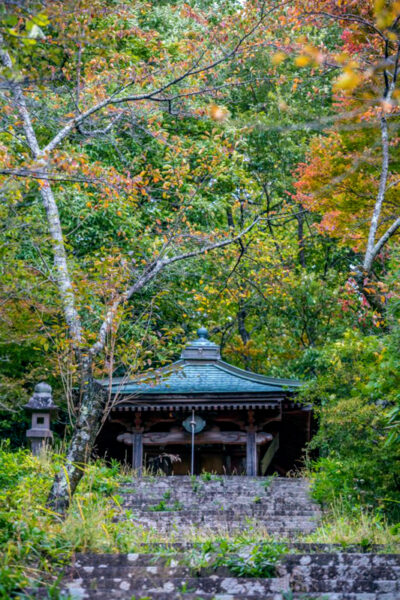
Hachimaida, where the incident first occurred , is a rice field located about 300 meters southeast of Shiroishi Zao Station on the Tohoku Shinkansen, and is still cultivated by members of the preservation society. Nearby is the ``Koshido'', which was built during the Taisho era and is where the father and sisters are enshrined.
Yamaida/Koshido <Information>
- Facility name: Yamaida/Koshido, the birthplace of Oshu Shiroishi Hayashi
- Address: Otakazawa Misawa Yamaida, Shiroishi City, Miyagi Prefecture
- Phone number: 0224-22-1321 (Shiraishi City Tourism Association)
GOOGLE MAP
“The Story of the Shiroishi Woman’s Revenge” became popular in Edo as a Joruri and Kabuki play.
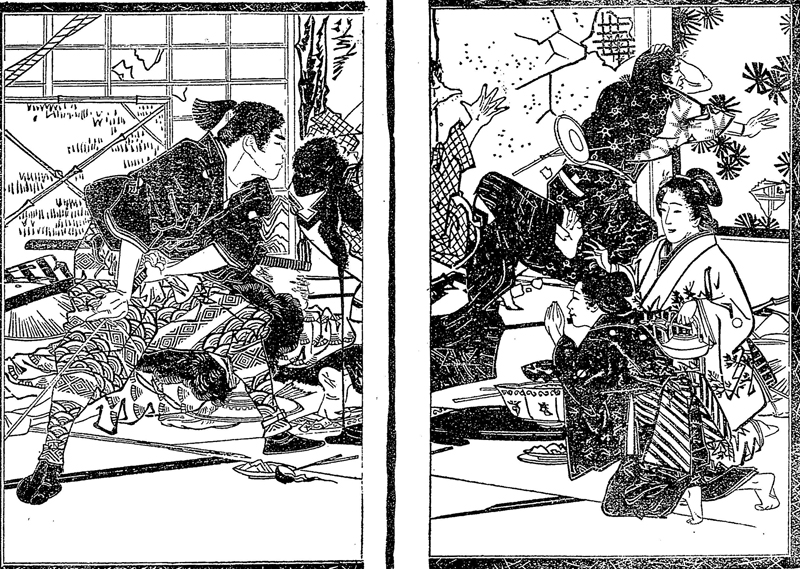
The story of the sister's revenge on the enemy ``Shiroishi Mega Takiuchi'' (Oshu Shiroishi Woman's Revenge) , and in 1780, an article was written about the tactician who the sisters had studied and who was a member of the Edo Shogunate. ``Go Taiheiki Shiroishi Banashi,'' a stage performance that tells a story with the accompaniment of a shamisen, was performed, telling the story of Masayuki Yui, who is known for trying to subvert the world. Ta.
Later, it was adapted into Kabuki and Bunraku, and ``Shiraishi Banashi'' and ``Miyagino Shinobu,'' and became extremely popular among Edo townspeople.
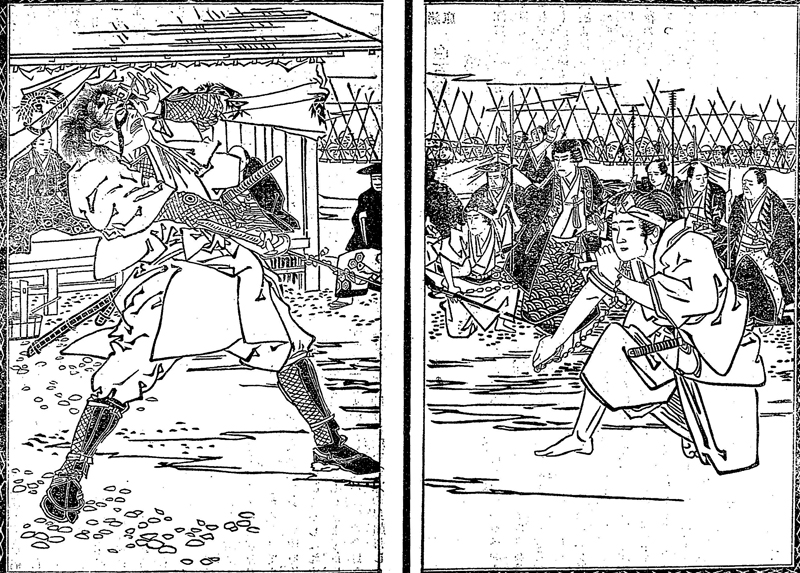
``Go Taiheiki Shiroishi Banashi'' is still used in Kabuki and Bunraku plays today. Since it is a long story, it is rare to perform all stages, but in September 2022, Bunraku performed it in its entirety for the first time in 51 years (September 3-20, 2022 at the National Theater).
Additionally, as many of you may know, this story is rumored to be the subject of an episode of a very popular anime featuring a character named "Shinobu."
Shiroishi City was a territory of the Date clan throughout the Edo period.
What is the history of Shiroishi City, the setting for "Shiraishi Onna Taipei"
Many ruins from the Jomon Yayoi period have been found around Shiroishi City, where people have lived there since ancient times. During the Nara period, it came under the control of the Yamato court as Shibata-gun in Rikuzen Province, and later became an independent area as Katta-gun.
In the late Heian period, it became the scene of a battle between Minamoto no Yoritomo and the Oshu Fujiwara clan, with Yoritomo's army winning and becoming a foothold for Yoritomo to control Oshu.
It is said that Shiroishi Castle (also known as Masuoka Castle or Masuoka Castle) was built by the Katta clan during the Kamakura period. After the Muromachi period, the castle changed hands several times, and in the era of Toyotomi Hideyoshi, it came under the control of the Gamo clan and then the Uesugi clan.

Just before the Battle of Sekigahara (October 21, 1600), Date Masamune attacked Shiroishi Castle in July of the same year. After this battle, Shiroishi Castle became the residence of the Katakura clan, vassals of the Date clan, and the Shiroishi region remained Date territory until the Meiji Restoration.
Shiroishi Castle was demolished in 1874 (Meiji 7), but in 1995 (Heisei 7) several buildings including the castle tower were restored, and Masuoka Park (Masuoka Park), where the castle tower is located, was restored. The ``Shiraishi Castle Historical Exploration Museum'' has been established within the Okaya Koen.
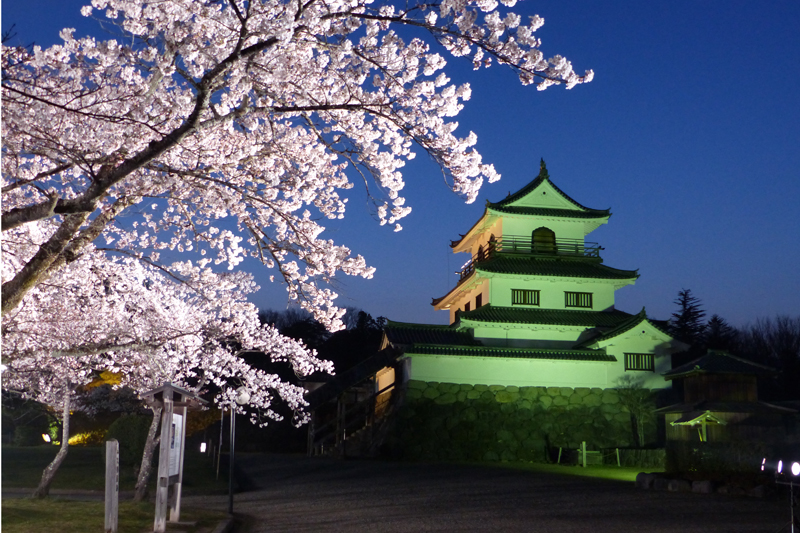
Shiroishi Castle and History Exploration Museum <Information>
- Facility name: Shiroishi Castle History Exploration Museum
- Address: 1-16 Masuoka-cho, Shiroishi City, Miyagi Prefecture (inside Masuoka Park)
- Phone number: 0224-24-3030
- Opening hours:
- April-October/9:00-17:00
- November - March / 9:00 - 16:00
- *Admission is allowed until 30 minutes before closing.
- Closed: December 28th to December 31st
- Admission fee: General 400 yen, Elementary, junior high and high school students 200 yen, Preschool children free
- URL: Masuoka Park/Shiraishi Castle
GOOGLE MAP
Beautiful forms created by nature. Natural monument “Ohara no Timoku Rock”
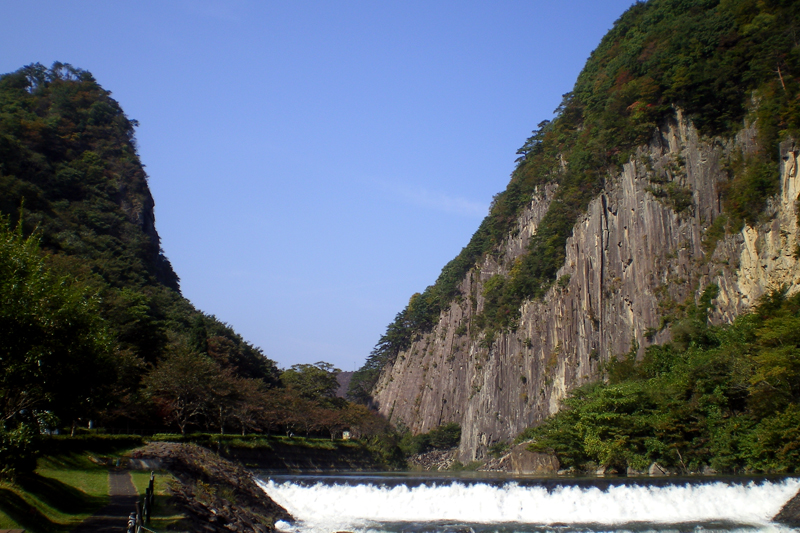
"Obara no Zaimokuiwa" is located on the east side of Shichikashuku Dam in the upper reaches of the Shiroishi River, and is a spectacular view created by nature with a rock wall (columnar joints) that looks like giant timbers lined up for about 100 meters. is. It reaches a height of about 65m and is designated as a national natural monument.
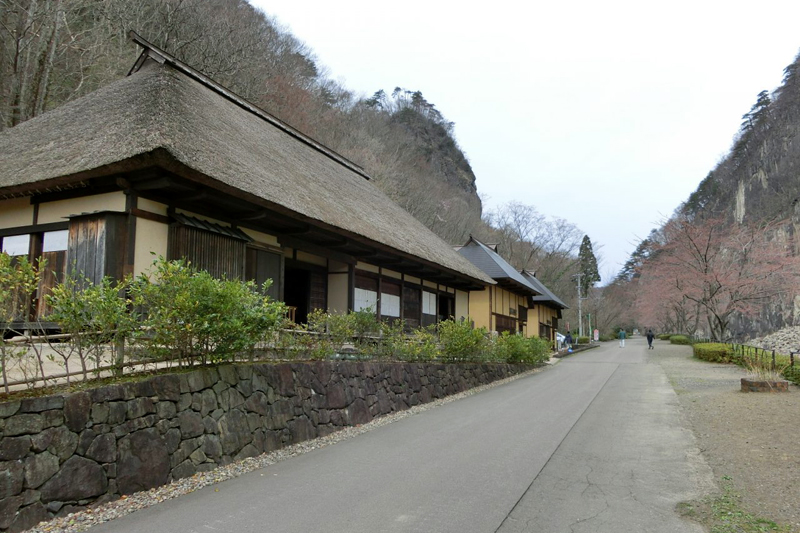
The entire area of Ohara no Zaimokuiwa ``Zaimokuiwa Park, a park where water and stones talk,'' and at the farmhouse restaurant, you can enjoy handmade soba noodles while looking out at ``Ohara no Zaimokuiwa.'' In addition, in the park there is a Kendanyaku (a person responsible for security, police, court, etc.) of Kamitozawashuku on the old Shichikashuku Kaido (Ushu Kaido) that passed near Zaimokuiwa during the Edo period. ) ``Former Kamitozawa Kendan House Kimura Family Residence'' has been relocated and restored.

Ohara Timber Rock<Information>
- Facility name: Ohara no Zaimokuiwa/Water and stone conversation park Zaimokuiwa Park/Former Kamitosawa Kendan mansion Kimura family residence
- Address: Kamidai, Ohara, Shiroishi City, Miyagi Prefecture
- Phone number: 0224-22-1321 (Shiraishi City Tourism Association)
- Business hours: 9:00-16:30
- Closed: December 1st to the end of February
- Admission fee: Free
- URL: Zaimokuwa Park
GOOGLE MAP
Shichikashuku-cho, a town along the old Ushu Highway that had seven post stations
``Michinoku Fairy Tale Road'' (National Route 113) heads west from the center of Shiroishi City and goes north from Koori-machi in Fukushima Prefecture near ``Ohara no Zaimokuiwa''. Kaido), enter Shichikashuku-cho, and head towards Takahata-cho, Yamagata Prefecture.
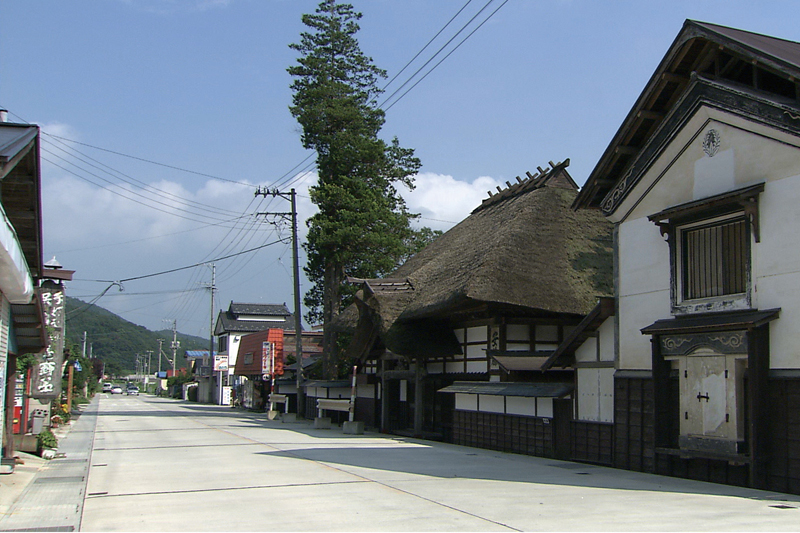
Ushu Kaido is a road that split from Oshu Kaido at Kuwaori during the Edo period and headed towards Aomori Prefecture via Yamagata and Akita. It is said that the road was crowded with lords from Dewa Province (Yamagata Prefecture, Akita Prefecture) and peddlers who commuted to and from Edo on a regular basis.
Shichikashuku was the collective name for seven post stations located just before the Futaishuku Pass that entered Yamagata, and the Ushu Kaido was also known as the Shichikashuku Road The current Shichikashuku town is the name of the town, which was formed from the seven post stations at the time (Kaitosawa, Shimotozawa, Watase, Seki, Nametsu, Togeda, and Yubara).
Shichikashuku Town, where the legend of “Furisode Jizo” is passed down from generation to generation.
In Shichikashuku Town, there is a Jizo statue called "Furisode Jizo" Why did this Jizo come to be called ``furisode Jizo''? It comes from a folk tale that has been passed down since the Edo period.
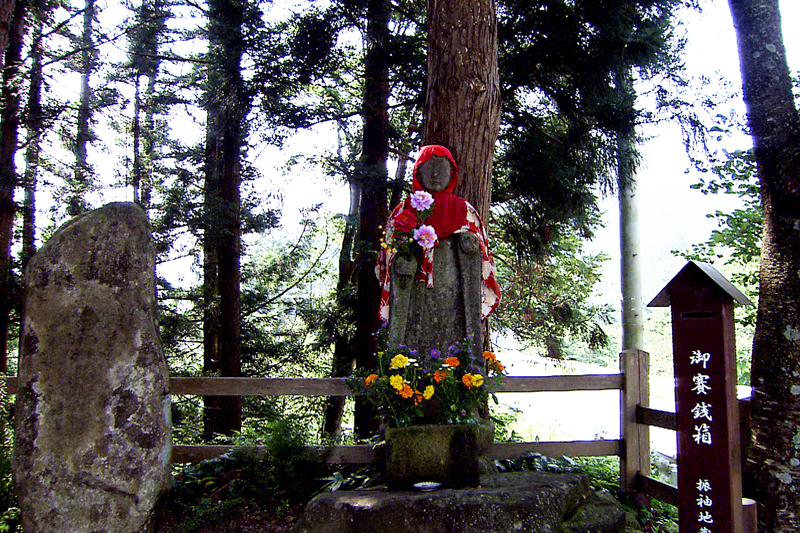
``A long time ago, when the lord of the Akita domain was on his way to Edo on his sankin shift, he spotted a beautiful girl here. The lord could not forget this girl even after that, and when he returned to Japan, he tried to invite her to be his maid, but she had already died of illness. It is said that the lord was deeply saddened by this and built a Jizo statue as a memorial for his daughter. This Jizo statue was built in 1735, is about 2 meters high, and has a good figure, and the sleeves of his robe are carved to resemble a long-sleeved kimono to resemble a daughter. It is said that this is because it was engraved. In addition, there is a seated Jizo statue facing west (nametsu) on the west side of Sekijuku, but it is said that they are in love with the long-sleeved Jizo, and that even if they change their orientation, they will return to their original state before you know it. It is said. ”
Shichikashuku Town Board of Education, original text
``Furisode Jizo'' is located near the scenic spot ``Nametsu Otaki'' in Nametsu, a former post town in Shichikashuku Town, and faces east. It is said that its eyes are heading towards the ``Seki Jizo'' located in the former post town of Seki, which is now the center of Shichikashuku Town, about 4 km away.
Furisode Jizo<Information>
- Facility name: Furisode Jizo
- Address: Nametsu, Shichikashuku-cho, Katta-gun, Miyagi Prefecture
- Phone number: 0224-37-2177 (Shichikashuku Town Hometown Promotion Division)
- Facility name: Seki no Jizo
- Address: Suwahara, Shichikashuku-cho, Katta-gun, Miyagi Prefecture
- Phone number: 0224-37-2177 (Shichikashuku Town Hometown Promotion Division)
- URL: Furisode Jizo
GOOGLE MAP
``Nametsu Otaki'' is a two-story waterfall with a height of 10m and a width of 30m.
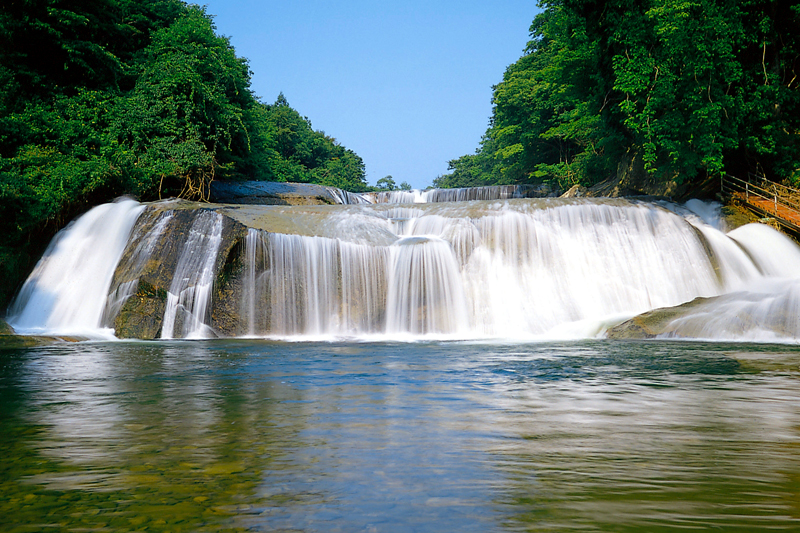
Nametsu Otaki is a waterfall located on the Shiraishi River that runs through Shichikashuku Town, and is approximately 10m high and 30m wide. It cascades down in two tiers across the width of the river, and is also known as the "Nikai Falls." It has a completely different look in each season, but it is especially recommended during the autumn leaves season, when the scenery is illuminated with the surrounding trees.

Nametsu Otaki <Information>
- Facility name: Nametsu Otaki
- Address: Takinoue, Shichikashuku-cho, Katta-gun, Miyagi Prefecture
- Phone number: 0224-37-2177 (Shichikashuku Town Hometown Promotion Division)
- URL: Nametsu Otaki
GOOGLE MAP
The ``Michinoku Fairy Tale Road'' heads upstream along the Shiroishi River and enters Yamagata Prefecture at the Niijuku Pass (Niiijuku Tunnel). We will introduce the “fairy tales” of Takahata Town and Nanyo City, Yamagata Prefecture on another occasion.
Michinoku Fairytale Road <Information>
- National Route 113 (Two Cities, Two Towns) Tourism Promotion Council
- Scenic Highway in the Tohoku Region/Michinoku Fairytale Highway
- Shiroishi City Tourism Association
- Phone number: 0224-22-1321
- URL: Shiroishi City Tourism Association
- Shichikashuku Town Tourism Site
- Phone number: 0224-37-2177 (Shichikashuku Town Hometown Promotion Division)
- URL: Shichikashuku Town Tourism Site





![[Tohoku Autumn Leaves Driving Map: Miyagi Edition] 3 Recommended Driving Courses and Local Cuisine! Miyagi Catch](https://jp.neft.asia/wp-content/uploads/2024/10/2df27b453740b4526c9ed0e737aee89e-150x150.jpg)
![[Part 1] Day trip to Yamagata city | A sightseeing 2-5km radius from Yamagata station on the Senzan Line [Yamagata Prefecture] Name not set 1](https://jp.neft.asia/wp-content/uploads/2022/05/ae46b1f460ee46f789c27b264a6cb421-150x150.jpg)
![The timber rocks in Shiraishi Obara are natural phenomena, and are spectacular spots with columnar joints! [Miyagi Prefecture] FE8E1C5D-891F-4A2B-B0BB-BB4536BF6858_105_c](https://jp.neft.asia/wp-content/uploads/2023/07/FE8E1C5D-891F-4A2B-B0BB-BB4536BF6858_1_105_c-150x150.jpeg)
![8 wineries in [South Yamagata Prefecture]! The grapes grown in Okitama are made into a mellow wine! barrel](https://jp.neft.asia/wp-content/uploads/2022/08/barrel-150x150.jpg)

![[Takahata Town, Yamagata Prefecture] A shrine dedicated to dogs and cats? Detailed introduction to the history of Inu no Miya and Neko no Miya 25267293_m](https://jp.neft.asia/wp-content/uploads/2023/02/25267293_m-150x150.jpg)
![[Zao Town, Miyagi Prefecture] Miyagi Zao Eboshi Daffodil Festival and Togatta Onsen Drive Suisen](https://jp.neft.asia/wp-content/uploads/2023/04/suisen-150x150.jpg)
![[Shiraishi City, Miyagi Prefecture] Specialty gourmet food around Shiroishi Castle! Experience the history of Shiroishi through food Shiroishi Castle](https://jp.neft.asia/wp-content/uploads/2018/05/d109b7890c066d0d5a75c2d13d0a6b58_s-150x150.jpg)
